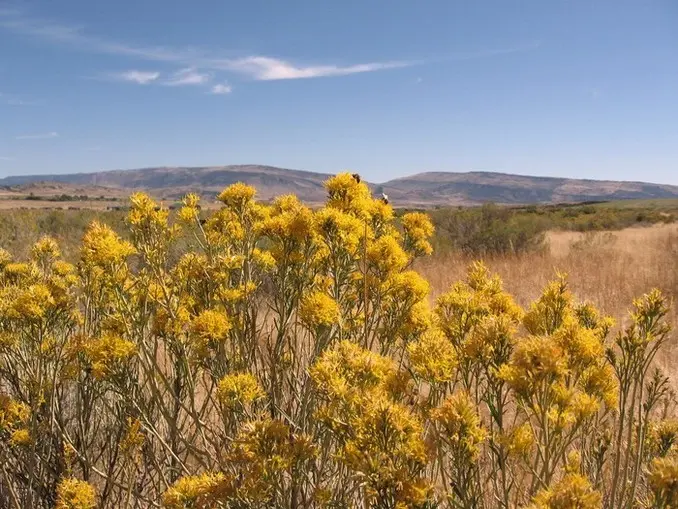Embracing Late Summer Bliss

Hello, Bee Enthusiasts!💛 Out here in the West, nature’s telling us that late summer has gracefully arrived with the blooming rabbitbrush. Let’s catch up on what’s buzzing in our colonies.
By now, our lovely colonies have been busy little bees, accomplishing quite a bit:
- They’ve harvested honey and stocked up their winter reserves.
- The bee population has eased off a bit.
- Newcomers are in town, the winter bees.
To ensure a cozy winter and a blooming spring, these winter bees need to be in tip-top shape. Right now, it’s all about:
- Providing the right nutrition.
- Checking those winter stores.
- Feeding when needed.
- Organizing the broodnest.
- Keeping the pests at bay.
- Minimizing any hive stress.
Late summer is our golden opportunity to fix any issues and make sure our colonies are thriving. There’s still plenty of:
- Enthusiastic bees.
- Foraging resources.
- Time to make substantial changes.
Here are some thoughts to make the most of late summer.
Nourishment
A healthy late summer brood cycle needs the right fuel – think young, well-fed, chubby, and stress-free bees. How to spot a nutritional gap? If open drone brood is missing, it’s time to amp up the nectar and pollen supply.
Pollen is as crucial now as in spring, giving bees the longevity and immune boost they need to brave winter and kickstart the colony next spring. If a change of scenery is needed, move your bees to a place with ample late summer forage. But if that’s not on the cards, pollen supplements can be a savior.
Winter Reserves
Weighing your top bar hive is the key to determining winter reserves. A nifty trick: weigh each end separately and add them up for a close approximation. Lift with care!
How much is enough? Connect with local beekeepers for guidance. If the hive is lighter than recommended, it’s feeding time.
Feeding
When feeding becomes a must, do it early. Let the summer bees handle the processing and storing. Waiting until fall might be too late as winter bees aren’t as active.
Need feeding tips? Check out the thoughts on the Feeding page.
Broodnest
A natural broodnest can lose its charm when comb is shuffled around. Late summer is prime time to restore that natural broodnest vibe.
What’s the ideal broodnest? Find inspiration on the Nest Structure page.
Pests
Yes, even top bar hives might need a little treatment! Going natural doesn’t mean pests won’t pay a visit. Keep a keen eye and treat when needed, but always avoid contaminating the hive with pesticides. Opt for non-contaminating options like oxalic acid, powdered sugar, or Sucrocide.
Stress
As late summer rolls in, it’s relaxation time for our buzzing buddies. Once they’ve settled in, it’s wise to give them space. Let’s resist the temptation to dive into the hives when they’re in chill mode.
Wishing you and your buzzing companions a serene late summer! ✨
-Buzzingly Yours, D 🐝🤠
